AWS, GCP, Oracle, Azure, SAP Lead Cloud DBMS Market: Gartner
Here is Gartner’s new Magic Quadrant for Cloud Database Management Systems that ranks the top 20 cloud DBMS companies in the world—from AWS, Google and Microsoft to Databricks, Snowflake and Teradata.

The Top 20 Leaders For Cloud Database Management Systems
The largest cloud companies in the world—from Microsoft, Amazon Web Services, and Google to Oracle and IBM—are battling for leadership position in the growing database management systems industry as the overall market continues to shift to the cloud.
IT research firm Gartner predicts that cloud database management systems will account for a whopping 50 percent of the total database management systems (DBMS) market revenue in 2022, according to Gartner’s new Magic Quadrant for Cloud Database Management Systems.
Several of the market-leading companies have the ability to offer multi-cloud, intercloud and hybrid cloud DBMS solutions, but not all vendors can do all three, nor do they do it equally well.
By 2025, cloud preference for data management will significantly reduce the vendor landscape while the growth in multi-cloud will increase the complexity of data governance and integration, according to Gartner.
A total of 20 vendors made Gartner’s Cloud Database Management Systems which includes the biggest cloud companies in the world as well as some of the most important cloud innovators across the globe.
CRN breaks down the 20 vendors in Gartner’s Magic Quadrant for Cloud Database Management Systems that are the leading market share world leaders, along with their strengths and weaknesses.

Gartner’s Methodology For Cloud Database Management Systems
There are dozens of large companies providing cloud database management systems. However, Gartner imposes a limit of 20 vendors in its Magic Quadrant in order to identify the most relevant global market players.
In order to make Gartner’s Magic Quadrant for Cloud Database Management Systems, vendors needed to offer a software product that met Gartner’s definition of a cloud DBMS; have a cloud service generally available; have a market presence in at least three of the major geographies; and support at least three of the major cloud DBMS use cases such as logical data warehouse, data science exploration and the Internet of Things.
Vendors also needed rank among the top 20 organizations in Gartner’s market momentum index which is measured by customer search and inquiry volume and trend data, as well as volume of job listings on a range of employment websites.
Gartner’s Magic Quadrant ranks vendors on their ability to execute and completeness of vision and places them in four categories: Niche Players (low on vision and execution), Visionaries (good vision but low execution), Challengers (good execution but low vision) and Leaders (excelling in both vision and execution).

Leader: Amazon Web Services
Amazon Web Services (AWS) won the gold medal for execution on Gartner’s Magic Quadrant for Cloud Database Management Systems. The largest cloud service provider in the world by revenue also ranks fourth for vision.
AWS offers a range of database management services targeting operational use cases—such as Amazon RDS, Amazon Aurora and Amazon DynamoDB—as well as around analytics including Amazon Redshift, Amazon Athena and Amazon EMR. AWS is able to offer infrastructure-level capabilities to cloud DBMS with AWS Nitro System, AQUA for Amazon Redshift and hardware-assisted Redshift RA3 nodes.
Strength: AWS offers more than a dozen different database services, with customers appreciation of the breadth of functionality that the combined offerings deliver. AWS’s uptime and reliability is the most reliable of all the vendors in Gartner’s Magic Quadrant.
Weakness: AWS is behind some cloud service providers and nearly all independent software vendors (ISVs) in offering its services on multiple cloud platforms as the company’s strategy is AWS-centric.

Leader: MicrosoftThe world’s largest software company won the gold medal for vision on Gartner’s Magic Quadrant, while also coming in second place for execution. Microsoft offers a comprehensive cloud data management ecosystem that spans all use cases.
Microsoft provides a broad range of cloud DBMS offerings including Azure Synapse Analytics, Azure SQL Database, Azure SQL Managed Instance, Azure Cache for Redis, Azure SQL Edge, Azure Cosmos DB, Azure HDInsight, and Azure Database for PostgreSQL, MySQL and MariaDB.
Strength: Unlike some of its competitors, Microsoft has embraced a multi-model strategy for many of its data management offerings that can simplify deployment. Azure represents a natural extension of businesses familiar with Microsoft and a low-risk migration path to cloud.
Weakness: The company’s overall pricing model is complex and challenging, Gartner said. Microsoft’s deployment options for public cloud, private cloud and traditional on-premises vary on a per-product basis.

Leader: Oracle
Oracle ranks second for vision and third for execution on Gartner’s Magic Quadrant. Oracle’s Autonomous Database—including the Autonomous Transaction Processing and data warehouse services—are available in Oracle Cloud Infrastructure and on the Oracle Exadata Cloud@Customer private cloud.
Oracle also offers Autonomous JSON Database, Oracle MySQL Database Service, Oracle NoSQL Database and Oracle Big Data Service. Oracle Dedicated Region Cloud@Customer private cloud runs all Oracle cloud services in a customer’s data center.
Strength: Oracle has a complete hybrid environment for sharing data and enabling migrations to the cloud. Oracle’s Autonomous Database uses AI- and ML-assisted tuning and leverages Oracle’s cloud infrastructure, including zero-downtime patching and upgrading, which also increases performance of the DBMS service.
Weakness: Oracle’s on-premises products are often perceived to be expensive and difficult to manage, and customers continue to raise concerns about contract negotiations, Gartner said.

Leader: Google
The search giant ranks fourth for execution and near the top of the pack for vision on Gartner’s Magic Quadrant. The Google Cloud Platform (GCP) supports many database platform as a service products, from fully managed versions of products from third-party providers to its own Google Cloud SQL, Cloud Spanner, Cloud Bigtable, BigQuery, Dataproc, Cloud Firestore and Firebase Realtime Database products.
Google is focused on openness as shown by products such as BigQuery Omni, a multi-cloud offering that enables customers to access data on other cloud service provider platforms.
Strength: Google’s new Dataplex provides unification across GCP data services with automatic data discovery, metadata harvesting, life cycle management and governance capabilities. The company is a leader in AI and ML space.
Weakness: GCP’s portfolio is less diverse and comprehensive than competitive cloud service providers, although partnerships fill some gaps. Gartner said customers report issues with ease of use with the UI and capacity planning and cost management.

Leader: IBM
IBM ranks fifth for vision and near the top of the pack for execution on Gartner’s Magic Quadrant. IBM’s offering are around Cloud Pak for Data, a unified integration layer for containerized DBMS services built on Red Hat OpenShift.
Cloud Pak for Data serves as a platform for many other IBM data management offerings including IBM Db2 on Cloud, IBM Db2 Warehouse on Cloud, IBM Cloud SQL Query, IBM Cloudant and the IBM Cloud Database family, which provides a variety of managed data technologies.
Strength: Built on OpenShift Kubernetes, Cloud Pak for Data can be deployed in the public cloud or on-premises in software or an appliance form factor. IBM has strong metadata management and governance capabilities.
Weakness: While IBM’s vision is now unified behind Cloud Pak for Data, the sales and marketing teams are still fragmented so it may be hard to obtain information, Gartner said.
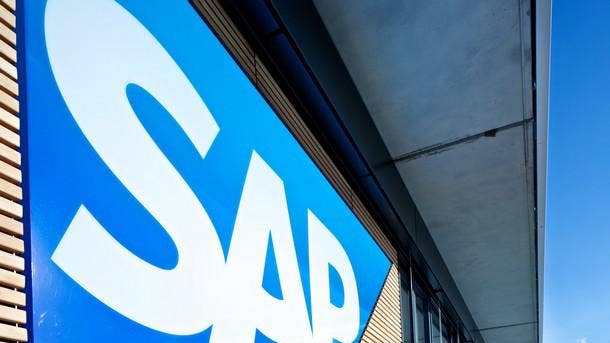
Leader: SAP
SAP ranks sixth for both vision and execution on Gartner’s Magic Quadrant. SAP portfolio address both operational and analytical DBMS use cases including SAP HANA Cloud, SAP Data Warehouse Cloud, SAP Adaptive Server Enterprise, SAP IQ and SAP SQL Anywhere.
SAP also offers SAP Data Warehouse Cloud for SQL-based development of data warehouses for both SAP and non-SAP data, as well as SAP BW/4HANA, a data warehouse application that can be deployed on-premises and in the cloud.
Strength: SAP HANA systems provide unified analytical and transactional processing against a single copy of data, embedded predictive analytics and multi-model capability. SAP HANA can be hosted on a variety of cloud platforms as well as deployed as an appliance.
Weakness: Despite offering a suite of data management tools, there appears to be limited adoption by organizations not already using SAP. Gartner said many SAP clients are unaware of the breadth and depth of SAP’s data management offerings.
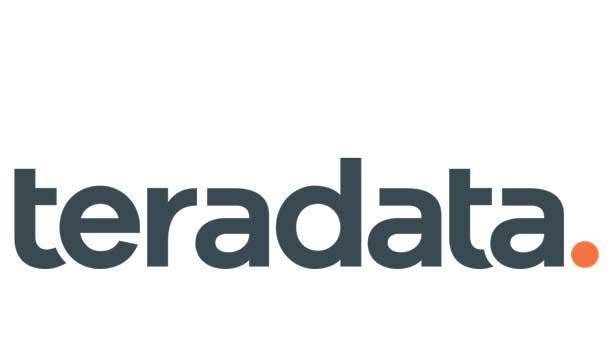
Leader: Teradata
Teradata ranks third for vision on Gartner’s Magic Quadrant and in the middle of the pack for execution. The company focuses on analytical use cases.
Teradata Vantage provides a unified set of analytics capabilities, such as graph processing, ML and text processing in the Teradata database. Teradata Vantage is delivered in a consistent manner across multiple public clouds, Teradata’s own cloud service and on-premises.
Strength: Price predictability and financial governance for Vantage are key strengths. Teradata combines SQL, ML, graph, multimodel and federation in an easy-to-use system that can be deployed in multiple public and private clouds plus hybrid architectures, including on-premises.
Weakness: Teradata does not offer a general-purpose or operational database, although it performs well for operational intelligence. Gartner said Teradata is “misclassified as old technology” by some due to its long history in data warehousing.
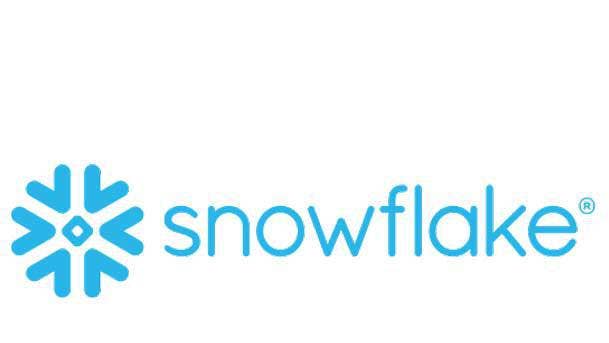
Leader: Snowflake
Snowflake ranks fifth for execution and in the middle of the pack for vision on Gartner’s Magic Quadrant. The Snowflake Data Cloud—available on AWS, GCP and Microsoft Azure—focuses on delivering a global, integrated analytics-focused data environment for data warehouse as a service, data lake and data marketplace delivery.
Snowflake’s platform also supports document-style data, data science and a private cloud offering called Virtual Private Snowflake, although this is not an on-premises option.
Strength: Snowflake has very high customer and partner satisfaction along with market-leading revenue percentage growth. The company focuses on operational ease of use and scalability, with dynamic resource allocation in response to changing workloads remaining best in class.
Weakness: Gartner said customers report challenges with financial governance and cost control. Snowflake’s vision for an intercloud data cloud allowing customers to access data wherever it may lie is appealing, but is not yet fully proven.

Leader: Alibaba Cloud
Alibaba Cloud broadly focuses on operational and analytical databases plus a wide range of other cloud-based services.
Alibaba Cloud’s operational database services include PolarDB-X, RDS, MyBase and PolarDB which is compatible with MySQL, PostgreSQL and Oracle. Analytics database services include AnalyticDB, MaxCompute, Data Lake Formation and E-MapReduce. The company ranks near top of pack for execution and in middle for vision on Gartner’s Magic Quadrant.
Strength: China-based Alibaba Cloud provides multiple products even within a category. For example, there are multiple operational database products in addition to PolarDB and two flavors of AnalyticDB. The company is expanding its global market reaching outside of China, where it is the largest cloud provider.
Weakness: Compared to other large cloud providers, Alibaba Cloud has little presence in the Americas and in Europe. The potential for trade wars and sanctions cloud hinder Alibaba Cloud’s plans.
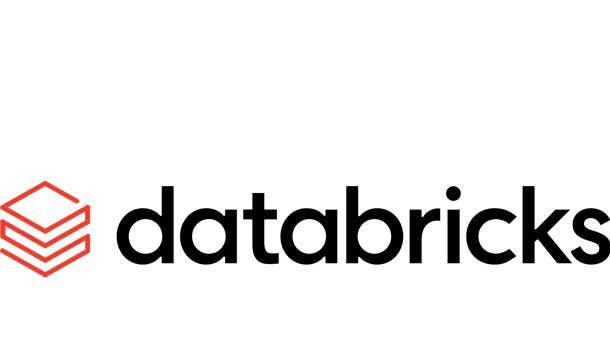
Leader: Databricks
Databricks provides its Lakehouse Platform on Microsoft Azure, AWS, Alibaba Cloud and GCP. The Databricks Lakehouse Platform consists of data stored in a data lake, including open-source formats that can be used through Delta Lake, which adds metadata and structures to the underlying data to deliver some traditional data warehouse capabilities.
Databricks also offers Solution Accelerators which are preconfigured notebooks aimed at specific use cases. The company ranks in the middle of pack for both execution and vision on Gartner’s Magic Quadrant.
Strength: Databricks offers a truly open architecture, even supporting open-source formats for storage. This openness extends to the broad reach in connectivity with other data sources on different platforms and helps to broaden the attractiveness of the vendor’s data marketplace. Gartner said customers praise Databricks scalability.
Weakness: Databricks has been adding to its workload management capabilities, but its capabilities are still not equal to the more-mature solutions in the market.
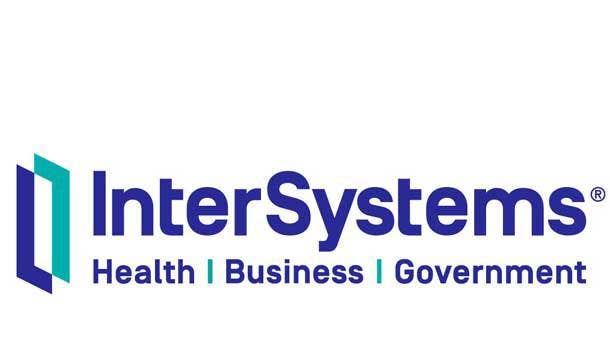
Challenger: InterSystems
InterSystems provides IRIS, a hybrid database management system supporting both relational and nonrelational data models for transactional and analytics workloads. InterSystems also has many customers still using its InterSystems Cache product.
InterSystems IRIS is available as a public, fully managed database platform as-a-service (dbPaaS) on AWS, GCP, Microsoft Azure and Tencent. The company ranks in the middle of pack for both execution and vision on Gartner’s Magic Quadrant.
Strength: InterSystems has a long and successful history in the healthcare industry around reliability, scalability and interoperability. Customers have acquired InterSystems IRIS as a platform for purchased applications and now want to extend its use to analytics tools.
Weakness: InterSystems was late to the market in offering a managed dbPaaS on public and private clouds. Additionally, outside the healthcare sector, InterSystems is not commonly known in the broader cloud DBMS market.
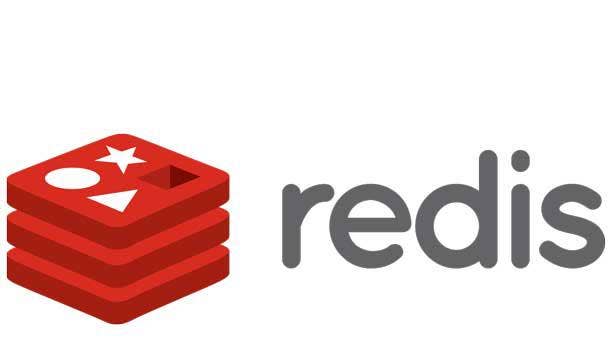
Challenger: Redis
Redis provides the Redis Enterprise Cloud on the AWS, GCP and Azure clouds, while Redis Enterprise Software is available for on-premises deployments. Its offerings are built on its open-source Redis product.
Redis Enterprise Cloud is an in-memory, nonrelational, multimodel data store, which includes capabilities for operational DBMS use cases and augmented transaction processing. The company ranks in the middle of pack for both execution and vision on Gartner’s Magic Quadrant.
Strength: The in-memory nature of Redis Enterprise Cloud accounts for the extreme high performance Redis is known for, and the vendor guarantees submillisecond responses for some configurations and operations. Redis caters well to the growing areas of AI and ML.
Weakness: Redis does offers features that can be useful in data warehousing, although Gartner said users should know Redis’ limited support for SQL and the rest of the relational paradigm which limits its applicability to data warehousing.
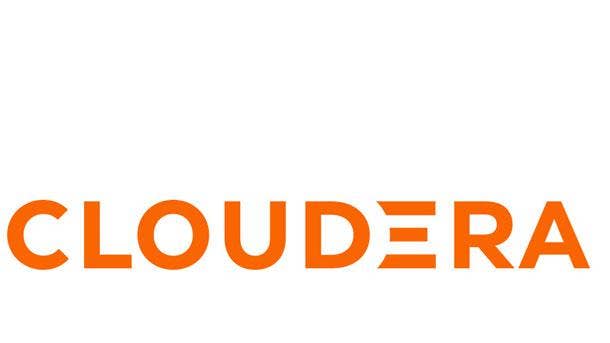
Visionary: Cloudera
Cloudera offers operational and analytics solutions via the Cloudera Data Platform (CDP) that includes Data Hub, DataFlow, Data Engineering, Operational Database, Data Warehouse and Machine Learning. Cloudera Workload XM is used to migrate, analyze, optimize and scale workloads.
Recent investments focused on delivering cloud-native services, enhancing operational DBMS, and some residual work on integrating and aligning the former Cloudera and Hortonworks offerings. The company ranks in the middle of pack for both execution and vision on Gartner’s Magic Quadrant.
Strength: Among its 2,000 customers, Cloudera has significant on-premises deployments, with support to transition to its CDP platform and the ongoing movement to the cloud. Cloudera is a leading committer in many of its open-source components such as Apache Hive, Impala, HBase, Spark and Kafka.
Weakness: New cloud-based pricing models to Cloudera’s on-premises customers can be pricey, with Gartner citing customer complains regarding higher prices for Hortonworks Data Platform. Cloudera has discounted new deals to existing customers to help make the pricing transition more gradual.
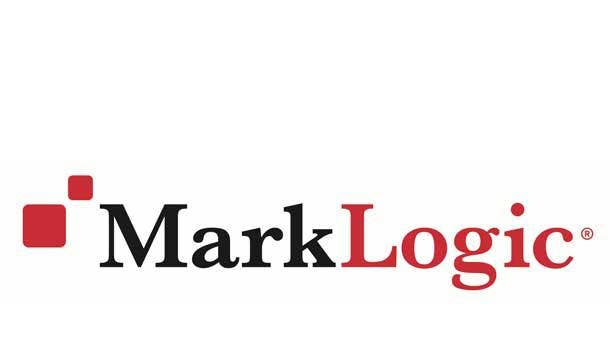
Visionary: MarkLogic
The MarkLogic Data Hub Service is offered on the AWS and Azure clouds. MarkLogic focuses on data management built around a transactional document store and an integration hub.
The integration hub allows users to access data stored remotely through a universal index, which reduces remote data movement through optimization of remote access. The company ranks in the middle of pack for both execution and vision on Gartner’s Magic Quadrant.
Strength: MarkLogic focuses on its data hub as a unique approach to data integration that allows it to include data in remote sources not only in its catalog, but also in the key index used to access data. The Data Hub Service combines predictable cost with the ability to store excess credits for bursting requirements.
Weakness: The company’s vision of being a universal hub for data access is compelling. However, many other vendors are now looking to provide some of the same benefits. Since these vendors have more market awareness, this could slow adoption of MarkLogic, which lags behind in market recognition.
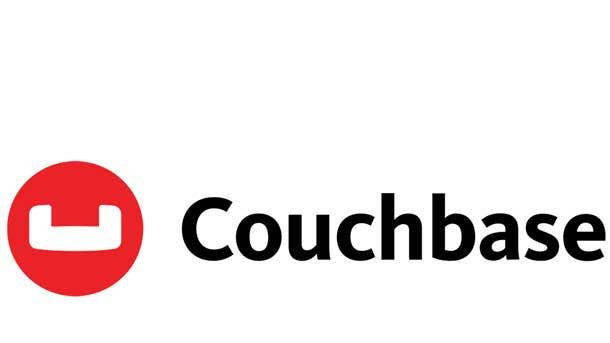
Niche Player: Couchbase
New to Gartner’s Magic Quadrant for Cloud Database Management Systems this year is Couchbase, with a vision is to enhance its real-time analytics, extend cloud capabilities and deliver availability on leading cloud platforms. The company ranks in the middle of pack for both execution and vision on Gartner’s Magic Quadrant.
Couchbase’s multimodel DBMS has a heritage in high-performance operational databases, with a recent focus on relational capabilities such as SQL, schema and transactions, deepening hybrid analytical use cases and extending cloud provider support.
Strength: Couchbase has significant numbers of on-premises and self-managed cloud deployments in use for demanding in-memory workloads in large enterprises. Its ability to combine a document-based architecture with in-memory processing and ACID transactions addresses a growing demand for such applications.
Weakness: Gartner said Couchbase has an large audience among developers, but has not been freely available in the cloud until recently, and remains relatively little-known among executives.
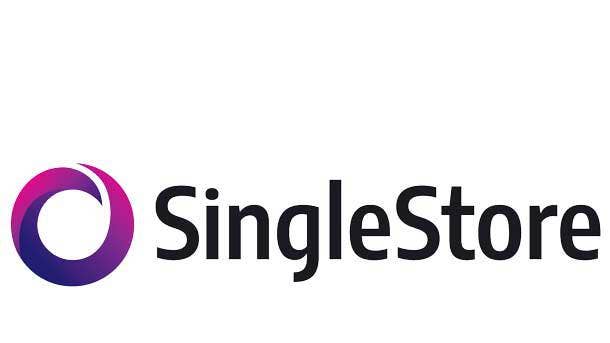
Niche Player: SingleStore
Another new vendor in Gartner’s Magic Quadrant is SingleStore, which offers its on-demand cloud database SingleStore Managed Service that is compatible with the MySQL wire protocol. It can be deployed on AWS, GCP and Microsoft Azure clouds, as well as on private clouds, IBM Cloud Pak for Data and Red Hat OpenShift.
SingleStore provides a Universal Storage technology, which combines in-memory row store, on-disk column store and cloud object storage to support high-performance use cases for both transactions and analytics. The company ranks in the middle of pack for both execution and vision on Gartner’s Magic Quadrant.
Strength: SingleStore is known for high-performance database operations such as complex joins, multicolumnar queries, thousands of concurrent users and balancing multiple APIs.
Weakness: SingleStore lacks onboard support in the DBMS for Java, Python, Graph and other languages that some data professionals require when programming their own algorithms for in-database analytics or other in-DBMS processing.
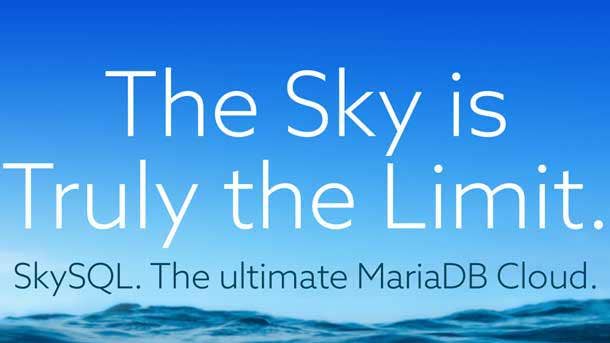
Niche Player: MariaDB
MariaDB provides SkySQL, a fully managed cloud offering of the MariaDB database that is also available as an on-premises offering in both MariaDB Enterprise and the fully open-source MariaDB Community Server.
MariaDB has a long MySQL heritage. The company ranks in the middle of pack for both execution and vision on Gartner’s Magic Quadrant.
Strength: MariaDB provides multiple storage engines to support different types of workloads: row-store-oriented transaction processing with InnoDB, distributed SQL with Xpand and analytics processing using ColumnStore. The company recently launched Workload Analysis, which learns and predicts workload usage across a SkySQL cluster.
Weakness: Although MariaDB has become the standard for MySQL-compatible DBMS offerings in the open-source community, it has yet to generate broad market success. MariaDB remains near the bottom of Gartner’s named vendors for DBMS tracked by revenue, with less than 1 percent market share in a nearly $65 billion market.

Niche Player: Huawei Cloud
Huawei Cloud ranks near the bottom of the pack for both execution and vision on Gartner’s Magic Quadrant. Offerings available on Huawei CLOUD and Huawei on-premises CLOUD Stack include relational GaussDB for openGauss, GaussDB for MySQL, GaussDB Data Warehouse Service, nonrelational GaussDB for Mongo, GaussDB for Influx, GaussDB for Cassandra, GaussDB for Redis and Hadoop-based big data platform FusionInsight.
The vendor is focused on providing a comprehensive hybrid stack for the full range of DBMS use cases.
Strength: Huawei is a technology multinational giant with a massive portfolio that can support almost any use cases in the database management systems market.
Weakness: Huawei is challenged to market its products effectively in North America and Europe with the vast majority of Huawei’s business remaining in the Asia/Pacific region. Gartner said the company also has many overlapping products.
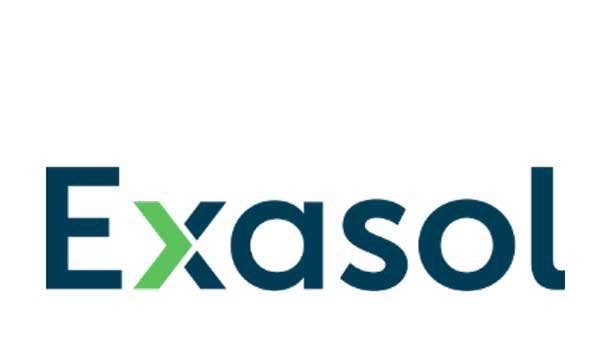
Niche Player: Exasol
Another new company to Gartner’s Magic Quadrant for Cloud Database Management Systems is Exasol. The Germany-based company provides the Exasol database, an in-memory analytics database. Exasol is a specialist focused on analytics database solutions such as data warehouse and data lake.
Exasol’s product provides the main features in this market such as in-memory, columnar, data lake integration and the ability to work with machine learning. The company ranks last in vision and near the bottom for execution on Gartner’s Magic Quadrant.
Strength: Exasol has been a specialist of analytical data warehouse DBMS for over 20 years. Gartner said Exasol is a good option for organizations seeking a straightforward and cost-effective solution.
Weakness: Exasol is one of the smallest vendors in Gartner’s Magic Quadrant. Previously, Exasol focused on providing a single product. However, the company has widened its range of products via the acquisition of Yotilla.

Niche Player: Cockroach Labs
Cockroach Labs is a new vendor that made Gartner’s Magic Quadrant. The CockroachDB Dedicated is available on AWS and Google Cloud Platform, which is a managed single-tenant offering. CockroachDB Serverless is a multitenant serverless offering.
CockroachDB Dedicated is specifically architected for use cases that require write operations across geographically distributed systems with full consistency. The company ranks last in execution on Gartner’s Magic Quadrant and near the bottom for vision.
Strength: CockroachDB Dedicated offers predictable, node-based pricing. The product is designed to provide the ability to receive updates across distributed platforms with very low latency.
Weakness: Although some use cases require a distributed transaction capability with the full consistency of CockroachDB Dedicated, Gartner said these cases are in the minority. More mature transactional services have a richer feature set outside of this niche. Also, implementing the system properly requires particular expertise.